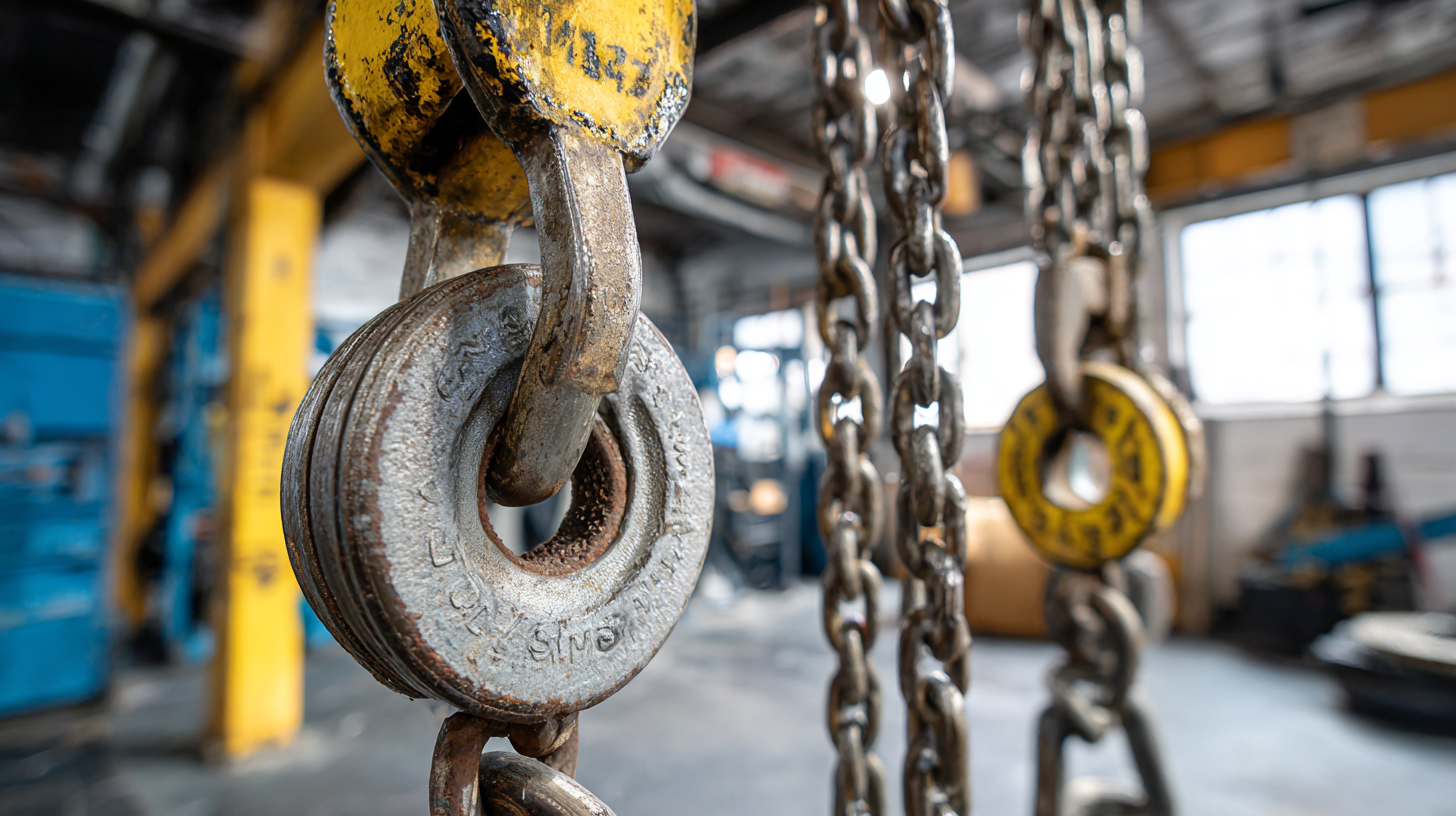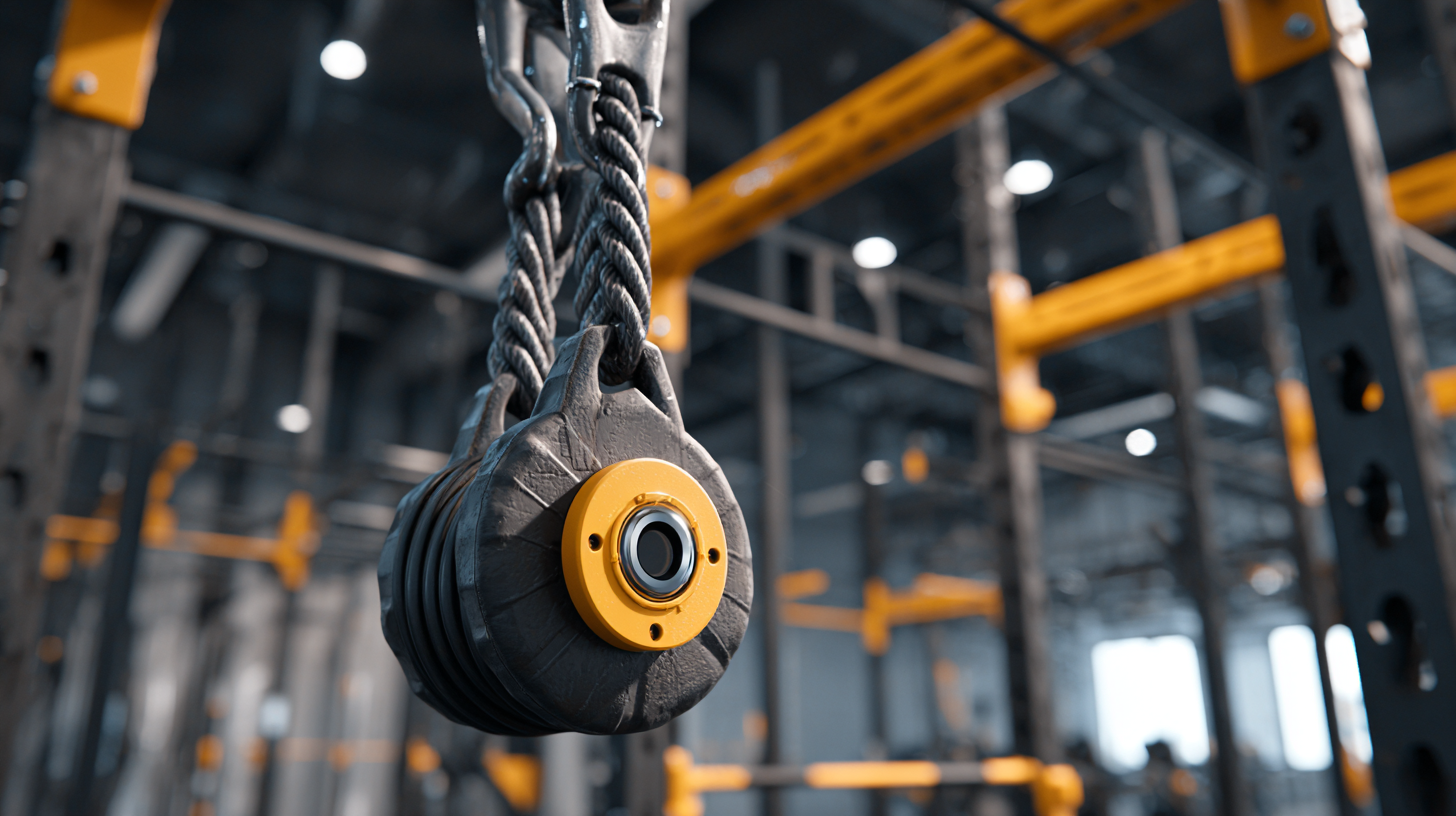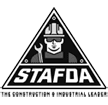
7 Essential Features of the Best Manual Hoist for Your Business
In today's fast-paced industrial landscape, selecting the right equipment is crucial for operational efficiency and safety. A Manual Hoist stands out as an essential tool in various sectors, including construction, manufacturing, and warehousing. According to a report by the Material Handling Industry of America, the manual hoisting equipment market is projected to grow significantly, driven by increasing demands for efficient lifting solutions in small-scale applications. The success of your business can often hinge on your choice of equipment, and understanding the essential features of manual hoists is vital.

This blog will explore the seven critical characteristics that define the best manual hoists, ensuring your operations run smoothly and safely, while also maximizing productivity and minimizing risks.
Key Considerations for Load Capacity in Manual Hoists
When selecting a manual hoist for your business, understanding load capacity is paramount. Key considerations should include not only the weight limits of the hoist itself but also the potential for dynamic loads during operation. Load capacity ratings should be supported by rigorous testing, ensuring that the hoist is capable of handling both the static and dynamic demands you may encounter in your business operations. Recent trends in modular prefabrication highlight the growing need for reliable lifting solutions that can improve construction efficiency, meaning that a hoist with robust load capacity could significantly impact project timelines and safety.
Industry insights reveal that the global electric winch market is projected to grow by USD 1.99 billion from 2024-2028, fueled by increased demand in various sectors including light commercial vehicles. This trend underscores the importance of reliable and efficient lifting systems across industries. Moreover, as organizations seek to transfer heavy loads safely, particularly in healthcare settings, the integration of advanced manual hoists becomes crucial. These units not only need to comply with high load capacity standards but also should incorporate safety features that prevent accidents during patient transfers or heavy material handling.
Load Capacity Comparison of Manual Hoists
Evaluating Ease of Use and Safety Features in Hoists
When selecting the best manual hoist for your business, evaluating ease of use and safety features is crucial to ensuring operational efficiency and worker safety. A user-friendly design significantly impacts the daily operations within any environment. Look for models that feature ergonomic handles and intuitive controls, allowing operators to maneuver loads smoothly without excessive strain. A hoist that can be easily adjusted to suit different tasks not only improves productivity but also enhances worker satisfaction.
Safety features play a vital role in the functionality of a manual hoist. Incorporating reliable locking mechanisms, such as automatic safety brakes, can prevent unintentional load drops, safeguarding employees and materials. Additionally, hoists equipped with overload protection systems will help avoid dangerous situations caused by lifting weights beyond their capacity. Regular inspections of these safety features are also essential to maintaining operational integrity. By prioritizing these characteristics, businesses can create a safer and more efficient lifting environment, ultimately contributing to a more productive workspace.

Importance of Durability and Material Quality in Manual Hoists
When it comes to selecting the best manual hoist for your business, durability and material quality are paramount. A manual hoist that is built with high-quality materials will not only withstand the rigors of daily use but also ensure safety in your operations. Look for hoists made of robust steel or aluminum, as these materials offer excellent strength and resistance to wear and tear. The finish of the hoist also matters; powder-coated or galvanized surfaces provide added corrosion resistance, prolonging the life of your equipment.
Tips: Always check the manufacturer’s specifications regarding load capacity and recommended usage. A hoist rated for heavier loads than what you need will offer additional safety margins. Regular maintenance, such as lubricating moving parts and inspecting for wear, will also contribute to the longevity of your hoist.
Choosing a manual hoist with durable components, such as high-grade gears and strong lifting cables, is critical. These features ensure that your hoist operates smoothly and maintains performance over time. Additionally, consider the design aspects like ease of use and portability. A well-engineered hoist will be more user-friendly and efficient, enhancing productivity in your business.
7 Essential Features of the Best Manual Hoist for Your Business
| Feature | Description | Importance |
|---|---|---|
| Durability | Built to withstand heavy usage over time. | Ensures long-term reliability and reduces replacement costs. |
| Material Quality | Manufactured from high-grade steel or lightweight alloys. | Enhances strength, safety, and overall performance. |
| Load Capacity | Able to lift and lower loads up to a specified weight. | Critical for ensuring safe operation under heavy loads. |
| Safety Features | Includes features like overload protection and secure locking mechanisms. | Prevent accidents and ensure user safety. |
| Ease of Use | Designed for simple and intuitive operation. | Reduces training time and enhances productivity. |
| Portability | Lightweight and easy to transport, suitable for various locations. | Increases versatility and convenience in operation. |
| Maintenance Requirements | Minimal upkeep to maintain performance and safety. | Lowers operational costs and ensures longevity. |
Assessing Versatility: Adapting to Different Lifting Needs
When selecting a manual hoist for your business, versatility is a critical factor that should not be overlooked. Modern industries demand equipment that can handle varied lifting requirements across different applications. According to a report by the Material Handling Industry of America (MHIA), nearly 70% of warehouses are exploring automated solutions that can adapt to shifting operational demands. This highlights the need for hoists that can be easily adjusted to lift weights ranging from lightweight components to heavy machinery, all while maintaining safety and efficiency.

Adaptability in lifting capacities is essential for maintaining productivity in environments that frequently change. For instance, a versatile manual hoist can accommodate different load types and heights, giving it a significant edge over more specialized equipment. A survey from the Occupational Safety and Health Administration (OSHA) indicated that companies that invest in adaptive lifting technologies see a reduction in workplace injuries by up to 50%. This not only reflects the worth of having the right tools at hand but also emphasizes the importance of selecting a manual hoist that can evolve with your operational needs, ultimately contributing to both safety and efficiency in the workplace.
Understanding Maintenance Requirements for Long-Term Performance
When selecting a manual hoist for your business, understanding maintenance requirements is crucial for ensuring long-term performance. Regular inspections should be a priority; checking key components such as the lifting chain, pulleys, and brake system can help identify wear and tear before it becomes a serious issue. Additionally, frequently lubricating moving parts not only reduces friction but also extends the lifespan of the hoist. By adhering to a consistent maintenance schedule, you can significantly enhance the efficiency and reliability of your equipment.
Moreover, keeping the manual hoist clean is essential for its longevity. Dust and debris can affect the hoist's components and impede its functionality. A simple routine of wiping down surfaces and conducting thorough cleaning after heavy use can make a substantial difference.
Implementing comprehensive training for operators on proper usage and care also ensures the hoist is treated with respect and maintained accordingly. These maintenance practices will contribute to a safer work environment while maximizing your investment in a high-quality manual hoist.
Copyright ©2024 Elephant Lifting Products | All rights reserved.
38381 N Robert Wilson Rd, Gonzales, LA 70737 USA
Toll Free: (888) 844-6113 | Phone: (225) 644-6113 | Fax: (225) 644-6695
Email: sale@floralift.org




